Does this website give me value?
What about the usability factor? Is it easy to use?
Is it appealing to the eyes and pleasant to use?
The essence of user experience design is all about striving to ensure that you get them answer “Yes” to all of those questions. It does matter to know the ins and outs of User Experience Design and here in this article, we are trying to make an honest endeavor to acquaint you with the professional aspect of UX design in the context of Web-based systems such as websites and applications.
What is UX Design?
UX design refers to any facet of a user’s experience when interfacing with a system that could either be a website, a web application or desktop software. In other words, UX design completely incorporates traditional Human-Computer Interaction (HCI) design, and encompasses it by addressing all aspects of a product or service as apparently perceived by users.
User experience design is not to be considered with the concept of ‘one size fits all’; since every situation is difference when it comes to human (user) experience. Therefore, it is best to design for specific experiences and promote certain behaviors, while ensuring that designs are tailored to the goals, values, production process and products of its website. However, at the same time it is true that we can’t manufacture, impose or predict the actual experience itself.
Although user experience and usability may sound to be synonymous, they are in fact evidently distinct. While usability is all about the user-friendliness and efficiency of the interface; UX refers to how a user feels when using a system. In simpler terms, usability constitutes a major part of user experience and plays a major role in experiences that are effective and pleasant.
The efficiency of UX design cannot be determined solely based on statistics such as page views, bounce rates and conversion rates. In fact, we can only make assumptions, but can’t be directly evaluated with traditional metrics.
UX Design Process
I’m sure most of you are aware of the basic principles of user-centered design and recognize the various research methods, the prototyping stage, as well as the process of documenting techniques in our rich methodological environment. Now the BIG question is that does this all work in practice? If yes, then how does the ideal UX design process look like?
Well, a careful analysis on the same has divulged that UX design processes are to a great extent similar to simplified UCD processes. UX design processes are DIFFERENT basically customized or adapted to fit projects.
Accumulating Information about the Problem is the fundamental to every design process. So, as a UX designer it is important for you to first find out about the three Ps – People, Problem, and Project. You can do it by first meeting with the client and identify the product’s requirements, then move on with benchmarking and trend analysis.
Now, as you are getting ready to design which is actually the ideation part of the process; you will find it to be completely dominated by analog tools. While it is a common practice amongst designers to use cluttered sketching or some paper prototyping form at the initial stages of a design process; they try to act on the material gathered in the first step of the process to create a design worth refining.
Most designers create wireframes and prototypes to document the experience and then hand them to the developers. It is a fact that refined sketches from the preceding stage are still considered to be low-profile and not tested, while high-profile design is left for visual designers.
Next, comes the most important part of the design process – Approval. This requires designers to create persuasive presentations that demonstrate stages of the process, deliverables and interactions for an overall sharing of information with your clients.
UI, UX & Visual Designer – Know What Makes Them Different
The terms UX and UI has nonetheless become hazardous buzzwords increasingly used by professionals (designers, product development specialists and job-seekers alike) sometimes without actually understanding the proper separation, relationship and usage of the terms – that is essential to both disciplines.
It is most often believed or is a misconception that an interface designer (by default) understands user experience since their work is in direct contact with the user. However, the fact is that user interface (UI) is not user experience (UX); even though they are certainly related areas, and in fact many designers are knowledgeable and competent in both.
While UI is dedicated on the actual elements that interact with the user – the physical and technical methods of input and output, it also refers to the aggregation of approaches and elements that allow the user to interact with a system. This however, does not address details such as how the user reacts to the system, remembers the system and re-uses it.
User experience on the other hand, is much more than just the end result of user interface. In other words, UX is not the goal of an interface, but the nucleus of a brand, i.e. the essence of a product or interaction with an organization. UX as such is focused on success as in entirety, not just of the product but the experience. In short you can sum it up saying that UI is one of the most powerful tools at our disposal in the quest for great UX.
There have been instances when UX and visual design are confused as the same. Visual design, besides driving the end user’s initial impression of a technology with components such as color, font, photography and graphical styling also conveys the organization’s brand identity. And the best part is that, if executed well—creates a consistent image. While it is also true that an application’s visual appeal adds a lot to overall user perception, it is important to recognize that both visual design and UX design are necessary components of high-quality technology development.
How are you taking care of the UX for your websites? Share your thoughts with us.


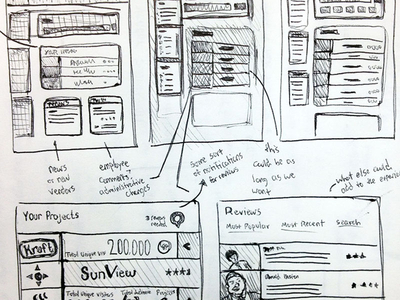
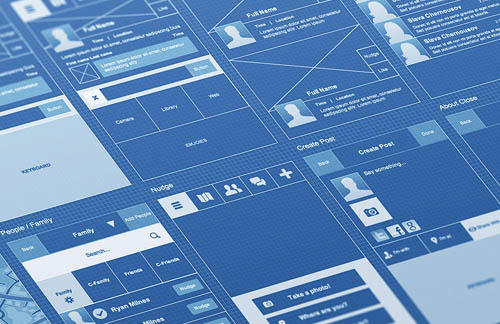
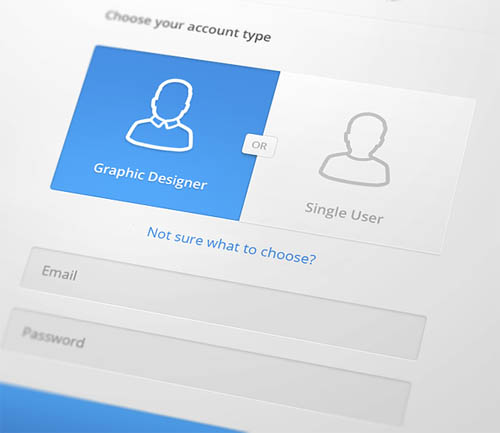
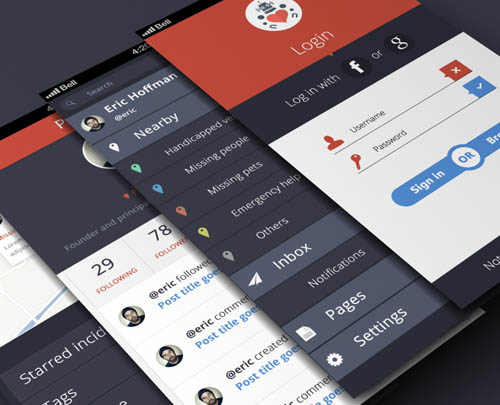
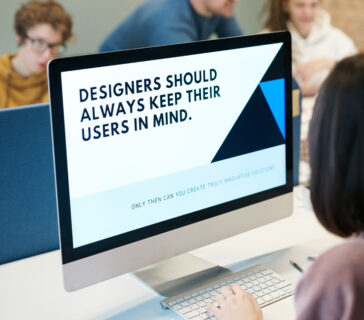
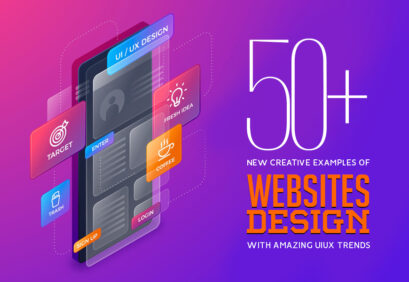












[…] User Experience Design – Knowing the Ins & Outs Does Matter […]
[…] Continue Reading Advertisements […]
A great narration on UX design.
Some quotes are pretty good, but basically, this article is harmful to the field. I see a misunderstanding of UX Design process. I’m not for a lot of deliverables, but you need to go to people and see them at work with the product.
UX is not about just scribbling a bunch of prototypes. You need to get your hands dirty with the code and paper prototypes and get out of the building to confront your sketches with users.
I can’t believe you just omitted this part. Please note that whatever you write will ultimately land in someones Google Search results.
UX Design is done by practice.
[…] User Experience Design – Knowing the Ins and Outs Does Matter […]
[…] graphicdesignjunction.com/2013/07/ux-design/ […]
[…] User Experience Design – Knowing the Ins & Outs Does Matter […]
[…] User Experience Design – Knowing the Ins & Outs Does Matter […]